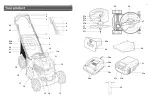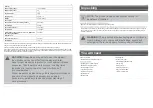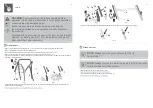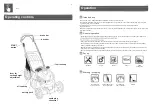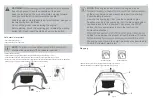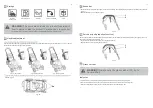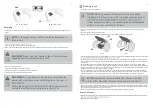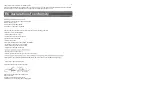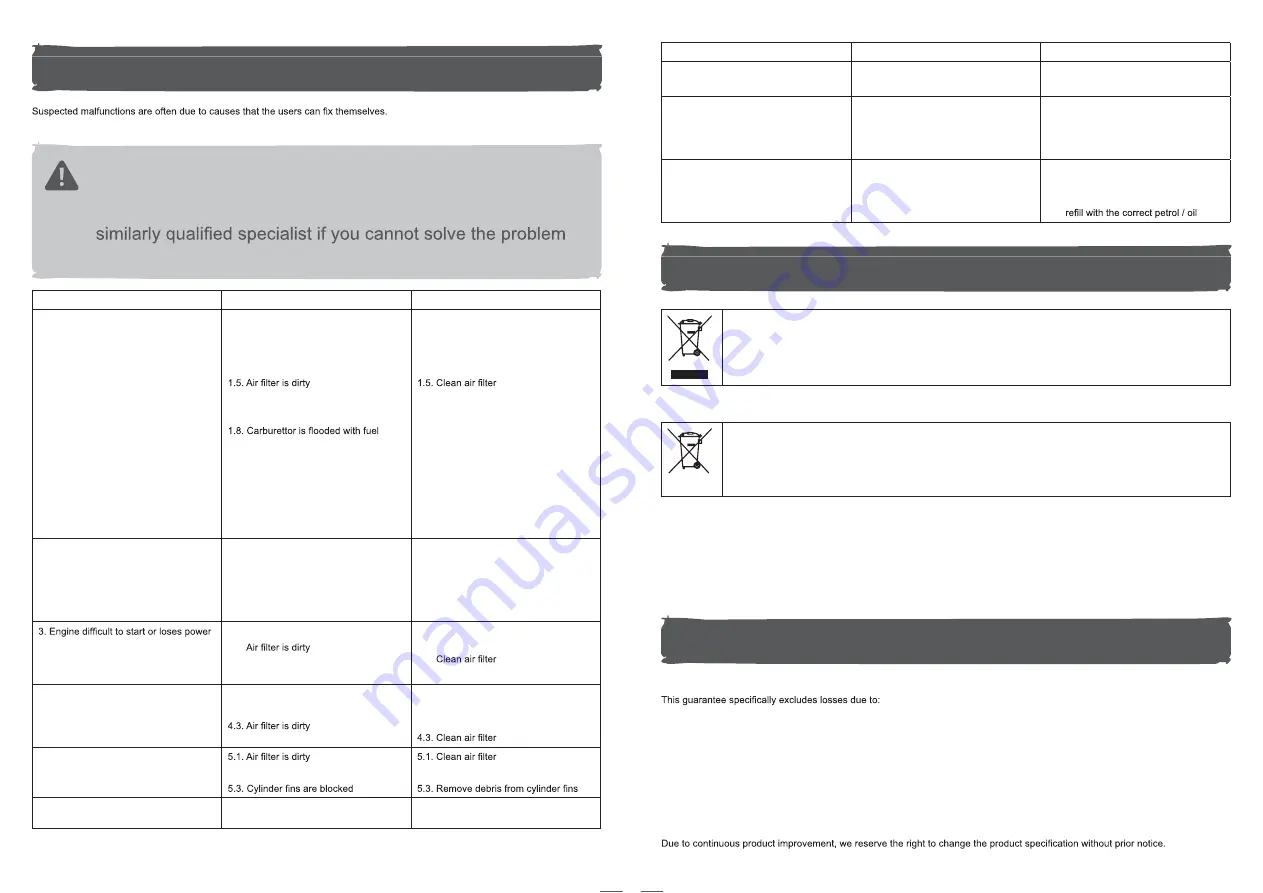
40
Troubleshooting
Therefore check the product using this section.
In most cases the problem can be solved quickly.
WARNING!
Only perform the steps described within these
instructions! All further inspection, maintenance and repair
work must be performed by an authorised service centre or a
yourself!
Problem
Possible cause
Solution
1. Engine does not start
1.1. Not enough fuel in fuel tank
1.2. Spark plug is wet
1.3. Spark plug is damaged
1.4. Spark plug connector loose
1.6. Spark plug loose
1.7. Spark plug gap is incorrect
1.9. Battery pack not properly attached
1.10. Battery pack discharged
1.11. Battery pack damaged
1.12. Other electrical defect to
the product
1.1. Add fuel
1.2. Dry spark plug
1.3. Replace spark plug
1.4. Attach properly
1.6. Tighten spark plug 25-30 Nm
1.7. Set gap between electrodes at
0.7-0.8 mm
1.8. Press START button continuously
until carburettor clears itself
1.9. Attach properly
1.10. Remove and charge battery pack
1.11. Replace with a new one of the
same type
1.12. Check by a specialist electrician
2. Engine stops
2.1. Not enough fuel in fuel tank
2.2. Cutting device is blocked
2.3. Battery pack discharged
2.4. Battery pack too hot
2.1. Add fuel
2.2. Remove blockage
2.3. Remove and charge battery pack
2.4. Remove battery pack and let it
cool down
3.1. Dirt, water or stale fuel in the tank
3.2.
3.3. Battery pack capacity too low
3.1. Drain fuel and clean tank. Fill tank
with clean, fresh fuel
3.2.
3.3. Charge battery pack
4. Engine operates erratically
4.1. Spark plug is defective
4.2. Spark plug gap is incorrect
4.1. Install new, correctly gapped plug
4.2. Set gap between electrodes at
0.7-0.8 mm
5. Engine idles poorly
5.2. Air vents are clogged
5.2. Remove debris from vents
6. Engine skips at high speed
6.1. Gap between electrodes of spark
plug is too close
6.1. Set gap between electrodes at
0.7-0.8 mm
41
Problem
Possible cause
Solution
7. Engine overheats
7.1. Air vents are clogged
7.2. Incorrect spark plug
7.1. Remove debris from vents
7.2. Install correct spark plug
8. Unsatisfactory result
8.1. Cutting device dull
8.2. Cutting material exceeds capacity
8.3. Cutting height is incorrect
8.1. Replace with a new one
8.2. Only cut materials according to the
capacity of the product.
8.3. Adjust cutting height
9. Excessive vibration / noise or exhaust
9.1. Cutting device is dull / damaged
9.2. Bolts / nuts are loose
9.3. Petrol / oil is incorrect
9.1. Replace with a new one
9.2. Tighten bolts / nuts
9.3. Empty out unused petrol / oil and
Recycling and disposal
Waste electrical products should not be disposed of with household waste. Please recycle where facilities exist.
Check with your Local Authority or local store for recycling advice.
Disposal of an exhausted battery pack
To preserve natural resources, please recycle or dispose of the battery pack properly. Consult your local waste
authority for information regarding available recycling and / or disposal options.
Discharge your battery pack by operating your tool, then remove the battery pack from the tool and cover the
battery pack connections with heavy duty adhesive tape to prevent short circuit and energy discharge.
Do not attempt to open or remove any of the components.
• Old products are potentially recyclable and do not, therefore, belong in your household rubbish. You are requested to assist us
and our contribution to saving resources and protecting the environment by handing in this product at an equipped collection
centre (if there is one available).
• Petrol, oil, used oil, a mixture of oil and petrol and objects soiled with oil e. g. cleaning cloths do not belong in the household
rubbish. Dispose of oil-contaminated items in accordance with the local guidelines and hand them in at recycling centres.
• The product comes in a package that protects it against damage during shipping. Keep the package until you are sure that all
parts have been delivered and the product is function properly. Recycle the package afterwards.
Guarantee
This product carries a guarantee of 24 months starting from the day of purchase. Please retain your receipt as a proof.
• Normal wear and tear, including accessory wear
• Overload, misuse or neglect
• Failure of consumable items (such as batteries)
• Repairs attempted by anyone other than an authorized agent
• Accidental damage caused by foreign objects or substances
• Lack of routine maintenance
• Failure to follow manufacturer’s guidelines
• Loss of use of the goods

